The first day of school can be a wonderful opportunity to hook students on everything that makes your classroom a special place. Make the first day a fun and exciting showcase of great academic and social activities. Have students collaborate and share. Give students the opportunity to think, as well as share what makes them special as individuals.
Try these 10 activities with your students to show them what’s in store for the rest of the year!
What NOT to Do Many teachers use some of their time on the first day of school to list classroom rules or have students create the classroom rules. Instead of going through a list with students, have students collaborate with each other to show what NOT to do in classrooms. Students can present a skit showing all the wrong things to do in a classroom. They can create a shared Google document to list all the things that might get them in trouble in your classroom. You can follow up with your expectations afterward in a discussion with students. While most students know what classroom rules generally entail, having them create or demonstrate the NOT list can allow them to be funny and creative while gaining an understanding of what you truly expect for your classroom environment.
6 Word Memoirs Students love to share stories from their own lives. This can be an important part of building a classroom community. Challenge students to tell their story using only 6 words. Show them other 6 word memoirs, and model how you create your own story describing yourself. (Find several resources here.) This activity can show students the importance of crafting stories as well as word choice when writing. Plus, it adds a gamification element as students are limited to a certain number of words. Provide a few templates as examples for students who might initially struggle with the activity. Use an App like Word Swag to have students create a visual display of their 6 word memoirs.
Ultimate Rock, Paper, Scissors Teachers often have several activities included on the first day for students to get to know each other. Ultimate RPS is a fun way for students to introduce themselves to each other. The rules are simple. Have students pair up to play rock, paper, scissors. When a student chooses a partner, he or she must introduce himself or herself, then play a quick round. The winner will find another winner to play against, while the losing student joins the winner’s cheering section. Students keep playing until there are only two students remaining, both with large cheering sections made up of the rest of the class. Finally, all of the class will be cheering for the ultimate winner. This serves as a quick, fun way for students to learn each other’s names.
STEM Challenges Collaborative, hands-on activities can help you learn a lot about your students on the first day. Try to incorporate STEM challenges to engage students in critical thinking and problem solving. Have students try to build the tallest tower using a variety of materials or challenge students to build the tallest roller coaster. Create wind-powered cars and race them to the finish line. You will see students who utilize a variety of strategies in their attempts. You might learn which students jump right into an activity, and which sit back and think through their process first. Students who engage in these types of activities on Day 1 will certainly be rushing into your classroom on Day 2 and beyond.
Scavenger Hunt using QR Codes Students love a good scavenger hunt. Engage them on the first day utilizing QR Codes to send them on a search throughout your classroom or school. Have them search for clues about content areas or let them find clues about your classroom rules and procedures. Students can work independently or in collaborative groups. This activity will also give you as the teacher a chance to see how students work together, as well as their process for thinking critically and problem solving.
Blackout Poetry This type of poetry engages students in creative and critical thinking, having them focus on word choice, in redefining the words already found in a newspaper article. Students simply use a black marker to cross out the words that they find to be unnecessary, as they rearrange and redefine the other words to create their own story or poem. You could ask students to create a Blackout Poem to describe themselves or to define their goals for the year. The blackout poems can be used later in the year when students are experiencing writer’s block or as the inspiration for a short story. Model for students how to create a blackout poem, and show them several examples before having them set off on their own.
Read Aloud Children love to be read to. This goes for students in the early elementary grades all the way through middle and high school. Throughout the year, you will share read alouds to elaborate on specific teaching points. Be sure to show students the joy of reading through a read aloud. Choose a book that has a particular meaning to you or a book that you enjoyed as a child. The read aloud on the first day doesn’t have to refer back to any particular skills, but should be utilized to show the pure joy of reading. Some favorite read alouds that I have used over the year include Mr. Popper’s Penguins, That is NOT a Good Idea and We Are In A Book by Mo Willems, anything by Dr. Seuss, and The Invention Of Hugo Cabret, which also engages your visual learners.
Reading Timeline Extend the read aloud activity to show that reading is an important part of your daily life as well as your classroom. Share with students the details of your reading timeline. Start off with the read aloud, and tell students why the book is so important to your reading life. Tell them about the books that you loved when you were a kid, or share the books that have had an impact as you have grown as an adult. Be sure to show your own passion for reading, and then encourage students to create their own reading timeline. Have them include the first book that really turned them into a reader, or their Go-To book, which they read over and over again. Have students share a book talk with a partner, and then start to list the books that are important to them. This activity will help to demonstrate the importance that reading has in your classroom.
Plan/Set-up Classroom The classroom environment should be designed for students to be comfortable and for the set-up to be purposeful and conducive to student learning. Teachers often spend a great deal of time setting up the classroom prior to the arrival of students. However, students know better than anyone what type of workflow would be effective in the classroom. The first day provides an opportunity to give students voice and choice in the set-up of the room. Allow students a say in how the classroom is designed. Let them determine where desks (or tables) and chairs will go, or which areas should be designated for reading. Students may set up some desks in groups, but leave a few for students who wish to work independently. When you give students a chance to design the classroom, they will be much more invested in the learning environment, taking ownership over their own learning.
Mystery Box This activity can be a great way to create some intrigue and build excitement for students returning to your classroom. You can start by placing some type of object into a mystery box. Consider an object that will generate interest in a content lesson. For example, a skull could lead you into a study of the skeletal system. Decorate the mystery box to add to the intrigue. Tell students that the reveal of the mystery box will be held later in the week, and that they won’t want to miss the reveal. Provide several clues about the contents of the box, and explain to students that they key to the work they will do will be revealed with the contents of the box. Use your best mystery voice as you provide clues and generate interest!
What other activities have you found to be successful to engage students on the first day of school? Share your best ideas in the comments section below.
Check out the remainder of our #BackToSchool Resources.
Thanks to @austinkleon and @burgessdave for their inspiration for this post!
By @RACzyz
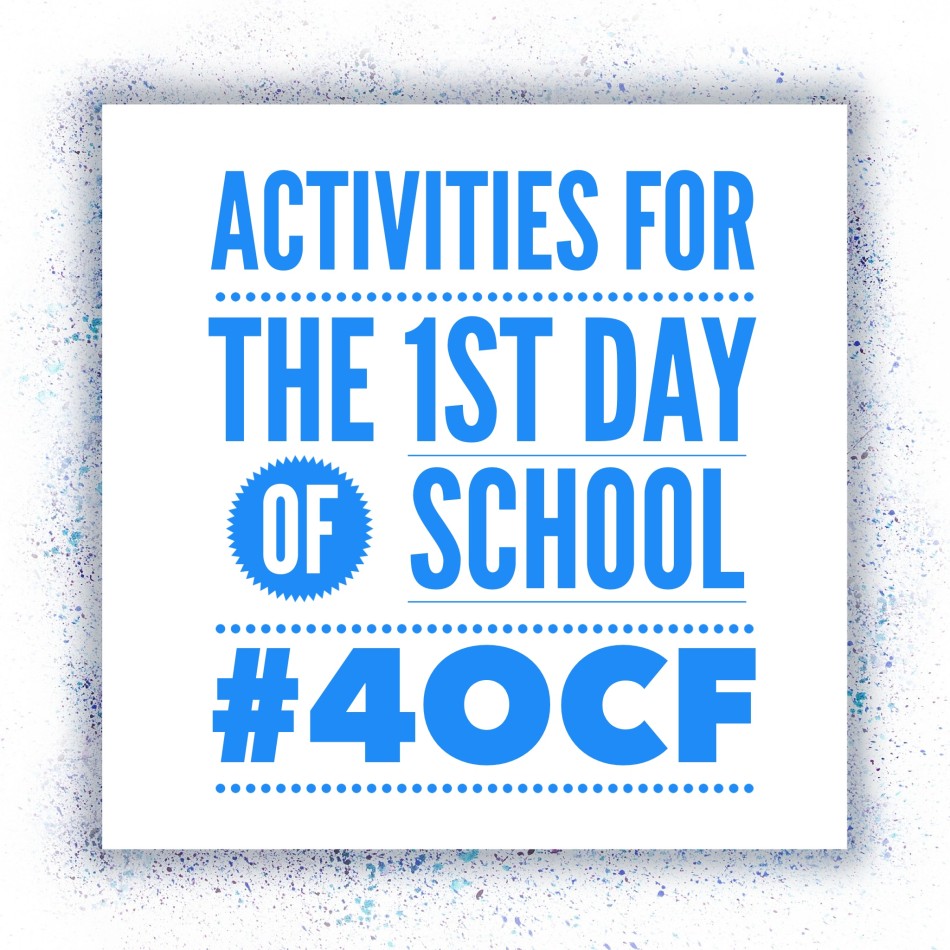


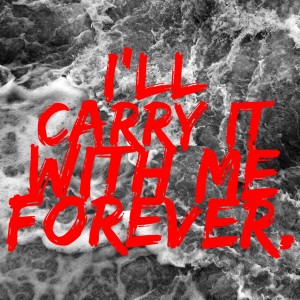
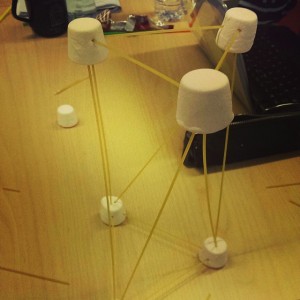
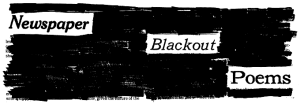
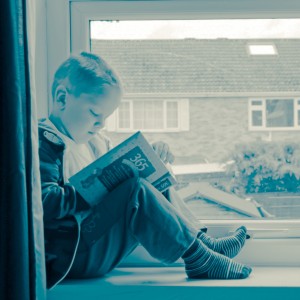
Comments are closed.